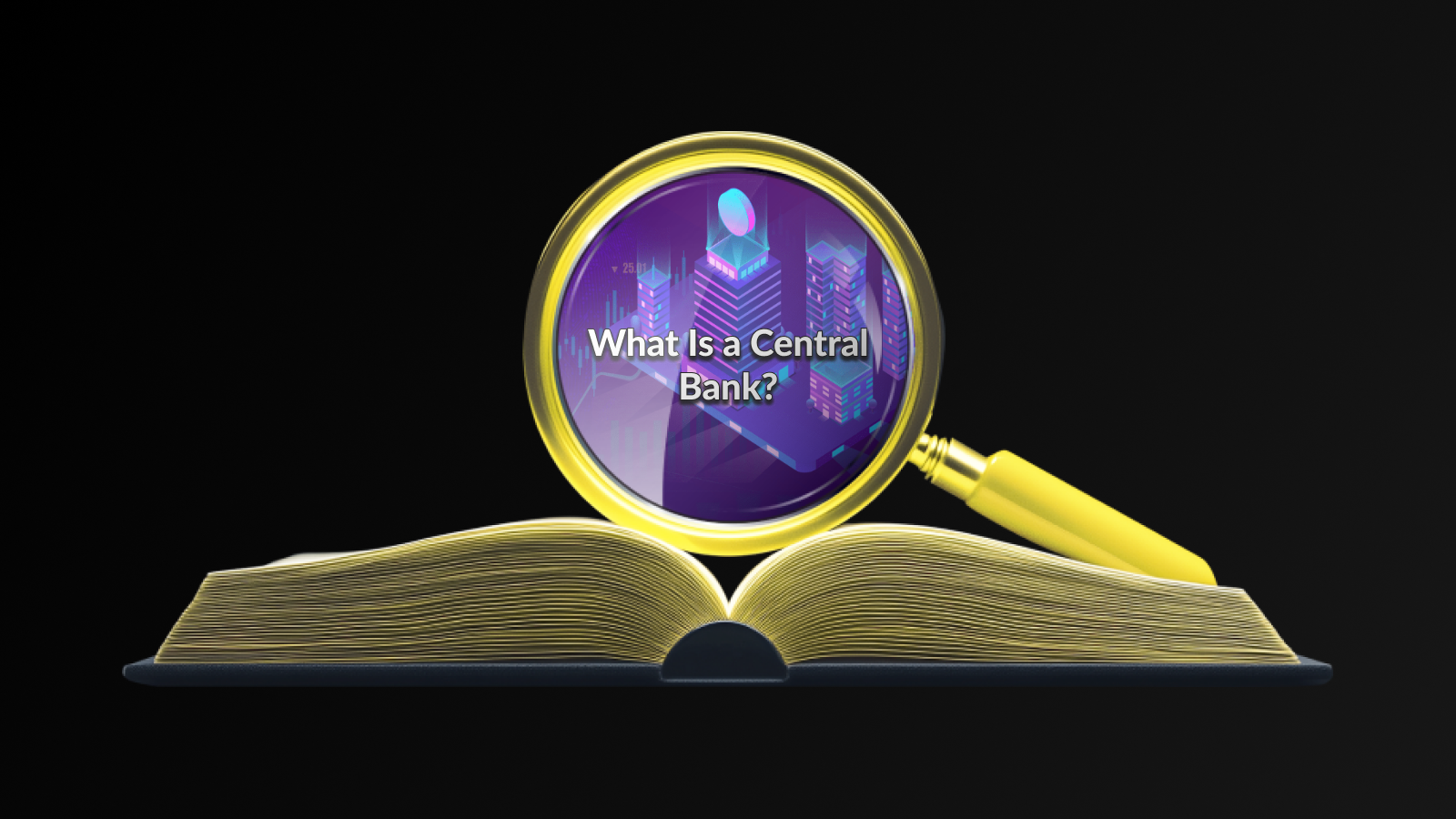Understanding Collateralized Debt Position (CDP) in Cryptocurrency
A Collateralized Debt Position (CDP) is an innovative mechanism that allows cryptocurrency holders to leverage their assets while maintaining ownership. This financial structure enables users to borrow against their cryptocurrency holdings by locking them up as collateral. The concept aligns closely with decentralized finance (DeFi), as it removes the need for traditional banks or intermediaries in the borrowing process.
Within the realm of DeFi, a CDP operates by using smart contracts to guarantee the collateralization of the loan. When a user opens a CDP, they deposit cryptocurrency—usually Ether or another acceptable asset—into a smart contract. In return, they receive a loan in the form of stablecoins or another cryptocurrency, which can be used for various investment or trading purposes.
One of the key features of a Collateralized Debt Position is its self-custodial nature. This allows users to retain full control over their assets without having to entrust them to a third party. However, the value of the collateral must always exceed the value of the loan to prevent liquidation. This mechanism not only helps protect lenders but also ensures that borrowers remain responsible for managing their positions effectively.
Overall, understanding how a CDP functions is essential for anyone looking to engage in DeFi lending and borrowing, as it showcases the foundational principles of crypto-backed financing and risk management.
A Collateralized Debt Position (CDP) operates by allowing users to lock up their digital assets as collateral in exchange for a loan in the form of a stablecoin or other cryptocurrency. When a user creates a CDP, they must deposit a certain amount of cryptocurrency into a smart contract. This deposit serves as a guarantee that the loan will be repaid. The value of the collateral must exceed the value of the loan to avoid liquidation, which is crucial to maintaining the integrity of the system.
Once the collateral is locked in the CDP, users can then borrow against it. They have the flexibility to choose the amount to borrow, dependent on the ratio of their collateral to debt, which is often referred to as the collateralization ratio. For instance, if the collateralization ratio is set at 150%, and a user has deposited $150 worth of assets, they can borrow up to $100.
As users take out loans through a CDP, they accrue interest on the borrowed amount, which must be repaid along with the principal. This is vital to maintaining the system’s liquidity and stability. Users can later close their CDP by repaying the loan, along with any accrued interest, to release their collateral back to themselves.
However, if the value of the collateral falls significantly, it may trigger a liquidation event. This means that, to protect the system and other users, the smart contract will sell the collateral to cover the debt. Therefore, managing the health of a CDP effectively is essential for users to avoid unintended losses.
Benefits of CDPs
Collateralized Debt Positions (CDPs) offer several advantages that make them appealing to both individual investors and larger institutions within the cryptocurrency ecosystem. Here are some of the key benefits:
- Leverage Opportunities: One of the primary benefits of using a CDP is the ability to gain exposure to more assets than you would typically have access to. By locking up collateral, you can borrow against it and increase your position size without needing additional capital.
- Decentralization: CDPs operate within decentralized finance (DeFi) platforms, providing a level of security and autonomy not often found in traditional finance. This minimizes the need to rely on centralized financial institutions, reducing counterparty risk.
- Liquidity: By allowing users to convert their crypto assets into usable collateral, CDPs provide liquidity without necessitating the sale of assets. This can be instrumental in times of needing quick cash flow while retaining ownership of your underlying cryptocurrencies.
- Flexibility in Debt Management: With a CDP, users can manage their debt dynamically. They have the option to repay borrowed funds at any time, and this adaptability can be beneficial for managing risks associated with volatile markets.
- Potential for Passive Income: Many CDP platforms incentivize users to participate in governance or provide liquidity, which can result in earning passive income through rewards or interest from their borrowed assets.
While there are inherent risks associated with using a Collateralized Debt Position, the benefits it offers can make it an attractive option for those looking to leverage their assets within the cryptocurrency landscape.
Risks of CDPs
While engaging with a Collateralized Debt Position (CDP) may present several advantages, it’s crucial to be aware of the inherent risks associated with these financial instruments. One significant risk stems from the volatility of cryptocurrency prices. If the value of the collateral declines, it can lead to liquidation, where the platform automatically sells the collateral to cover the debt, often at a loss.
Another risk is the potential for smart contract vulnerabilities. CDPs operate on blockchain technology, and any exploit in the smart contract code can expose users to significant financial losses without recourse. Moreover, users may face high transaction fees during periods of network congestion, which can eat into profits or increase the cost of managing a CDP.
The complexity involved in managing a CDP can be daunting for newcomers. A misunderstanding of the mechanisms can result in poor decision-making and financial loss. Thus, thorough research and risk assessment are paramount before entering into a Collateralized Debt Position.
Popular CDP Platforms
Collateralized Debt Positions (CDPs) have gained traction in the cryptocurrency space, leading to the emergence of various platforms designed to facilitate their use. Among the most notable is MakerDAO, a decentralized platform that allows users to lock up Ethereum and mint DAI, a stablecoin pegged to the US dollar, by creating a CDP. MakerDAO has established itself as a pioneer in the CDP space, offering an accessible way for users to leverage their assets.
Another significant platform is Compound, which is known for its efficient lending and borrowing protocol. Users can deposit cryptocurrencies as collateral to generate CDPs, enabling them to borrow against their assets securely. Compound’s protocol encourages liquidity and provides users the flexibility to manage their digital assets effectively.
Liquidations are an essential aspect of these platforms as well, and platforms like Aave showcase how CDPs can include sophisticated mechanisms for automating these processes. Aave’s flash loans and liquidity pools complement the CDP structure, making it an attractive option for traders looking for innovative financial solutions.
Balancer integrates CDPs into its liquidity pools, allowing users to provide liquidity and create custom liquidity configurations—all while managing their collateral effectively. This flexibility enhances the user experience and opens new avenues for asset management within the DeFi landscape.
Frequently Asked Questions
What is a Collateralized Debt Position (CDP)?
A Collateralized Debt Position (CDP) is a type of loan where a borrower locks up collateral to secure the loan, typically using cryptocurrency or other digital assets.
How does a CDP work?
In a CDP, the borrower deposits collateral into a smart contract, which then generates a loan in the form of a stablecoin. The amount borrowed is usually a fraction of the value of the collateral to minimize risk.
What are the benefits of using a CDP?
CDPs offer several benefits, including access to liquidity without selling assets, the ability to borrow against volatile assets, and the potential for leveraging investments.
What risks are associated with CDPs?
The main risks include liquidations if the value of the collateral falls below a certain threshold, potential smart contract vulnerabilities, and market volatility affecting collateral value.
Can anyone create a CDP?
Yes, anyone with compatible cryptocurrency can create a CDP, but users must understand the platform’s guidelines and risks involved in collateralization and borrowing.
What happens if a CDP is liquidated?
If a CDP is liquidated due to insufficient collateral value, the collateral is sold to cover the debt, often at a discount, which could result in loss for the borrower.
Are CDPs different from traditional loans?
Yes, CDPs are typically decentralized and operate using smart contracts on blockchain technology, unlike traditional loans that involve banks and credit checks.
Disclaimer
The information provided in this article regarding Collateralized Debt Position (CDP) is for educational purposes only. It should not be considered financial advice or a recommendation to engage in any particular financial strategy or investment. Readers are encouraged to conduct their own research and seek professional guidance before making any investment decisions.
While we strive to offer accurate and up-to-date information about CDPs, the cryptocurrency market is highly volatile and subject to rapid changes. The performance, legal framework, and regulatory status surrounding CDP platforms may vary significantly over time.
By using this content, you acknowledge that you understand the inherent risks associated with investing in cryptocurrencies and related products, including the potential loss of your investment. We do not guarantee any gains and are not liable for any losses you may incur as a result of your reliance on this information.
Always exercise caution and conduct due diligence before entering into any agreements, especially when it involves financial products like Collateralized Debt Positions.





